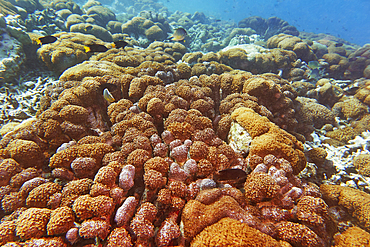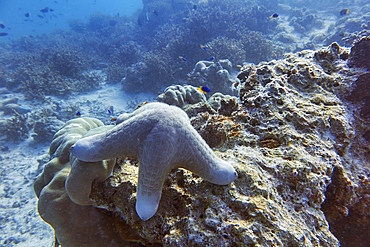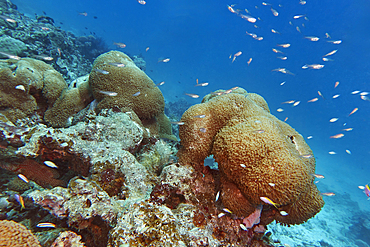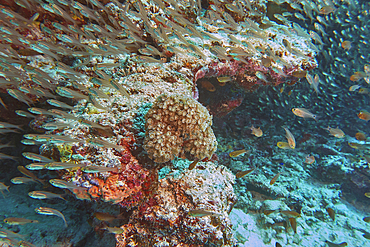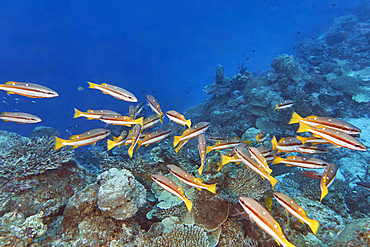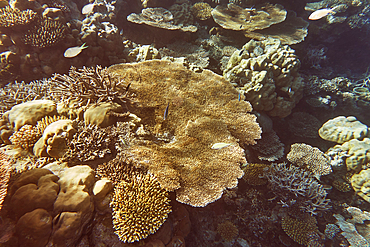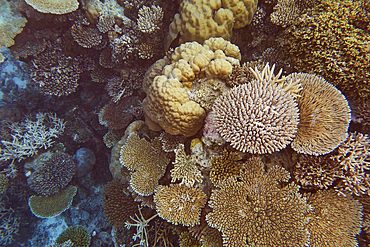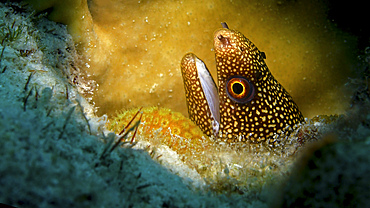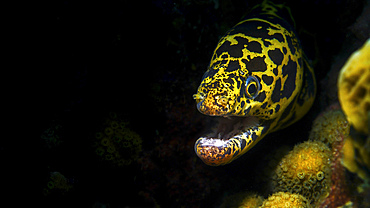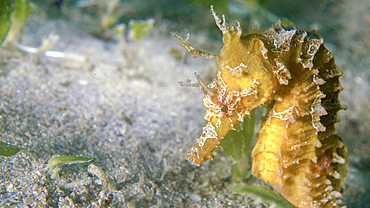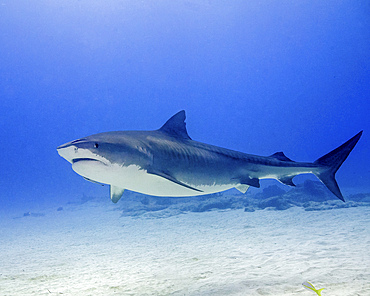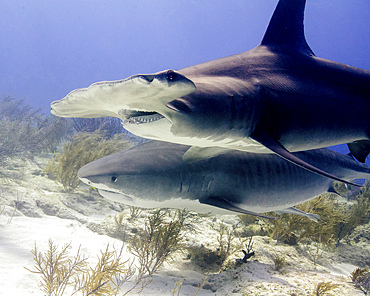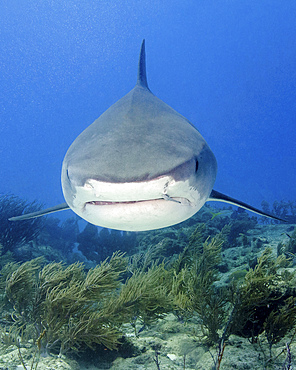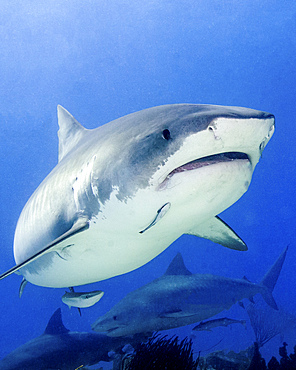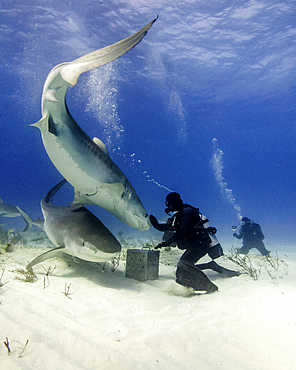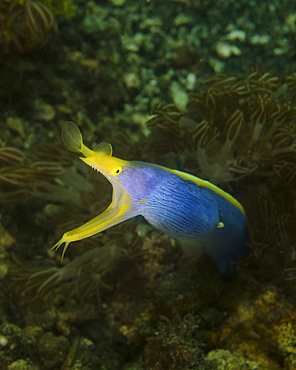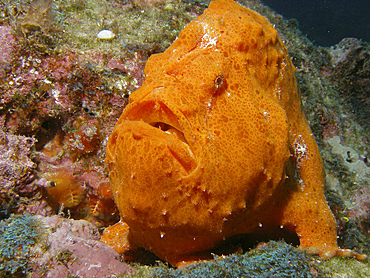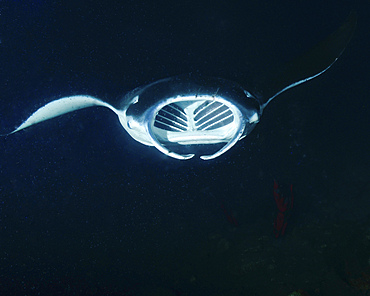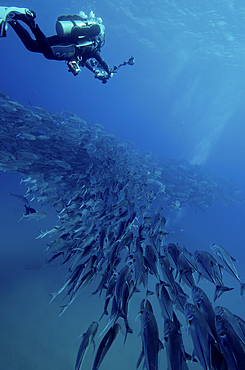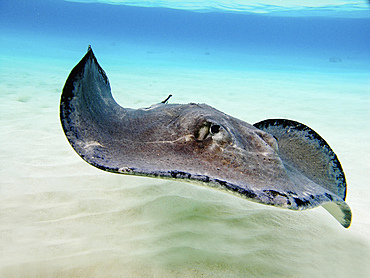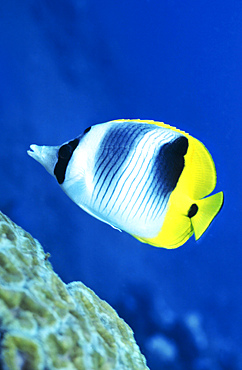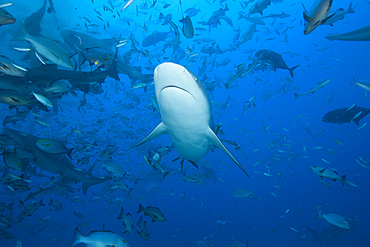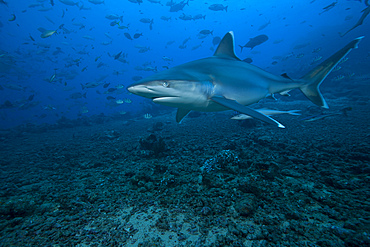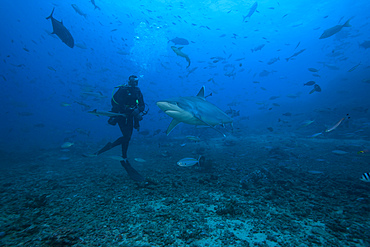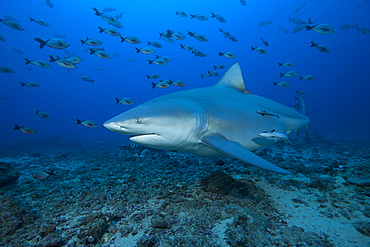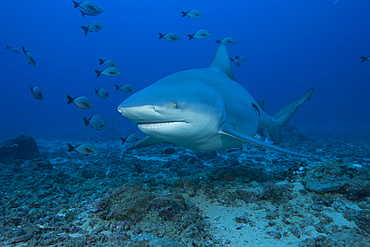Results
« Previous 1 2 3 Next »
226 results found
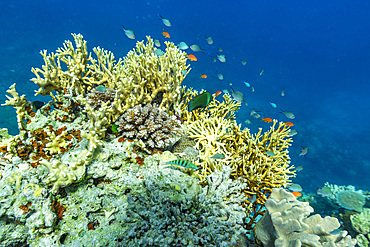
A myriad of hard and soft corals, as well as tropical reef fish on the healthy reef near Volivoli Resort on Viti Levu, Fiji, South Pacific, Pacific

A myriad of hard and soft corals, as well as tropical reef fish on the healthy reef near Volivoli Resort on Viti Levu, Fiji, South Pacific, Pacific
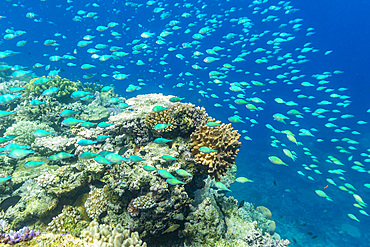
A myriad of hard and soft corals, as well as tropical reef fish on the healthy reef near Volivoli Resort on Viti Levu, Fiji, South Pacific, Pacific
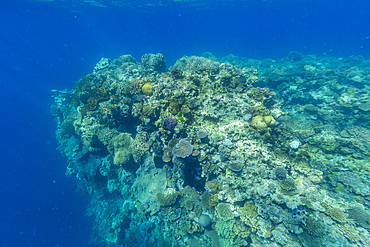
A myriad of hard and soft corals, as well as tropical reef fish on the healthy reef near Volivoli Resort on Viti Levu, Fiji, South Pacific, Pacific
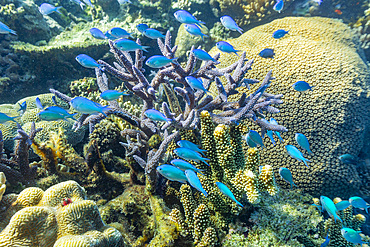
A myriad of hard and soft corals, as well as tropical reef fish on the healthy reef near Volivoli Resort on Viti Levu, Fiji, South Pacific, Pacific
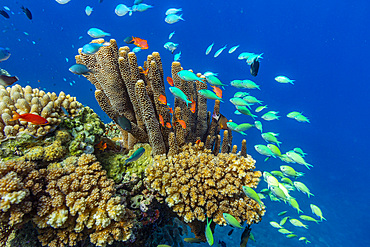
A myriad of hard and soft corals, as well as tropical reef fish on the healthy reef near Volivoli Resort on Viti Levu, Fiji, South Pacific, Pacific
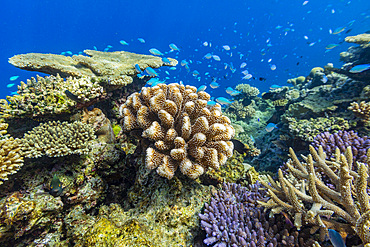
A myriad of hard and soft corals, as well as tropical reef fish on the healthy reef near Volivoli Resort on Viti Levu, Fiji, South Pacific, Pacific
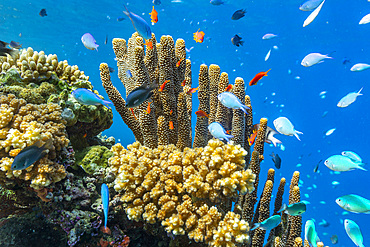
A myriad of hard and soft corals, as well as tropical reef fish on the healthy reef near Volivoli Resort on Viti Levu, Fiji, South Pacific, Pacific
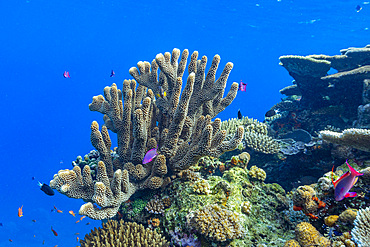
A myriad of hard and soft corals, as well as tropical reef fish at Vatu-I-Ra Conservation Park on Viti Levu, Fiji, South Pacific, Pacific
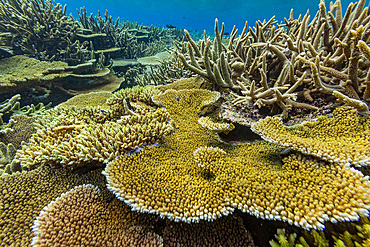
A myriad of hard and soft corals at Vatu-I-Ra Conservation Park on Viti Levu, Fiji, South Pacific, Pacific

A myriad of hard and soft corals at Vatu-I-Ra Conservation Park on Viti Levu, Fiji, South Pacific, Pacific
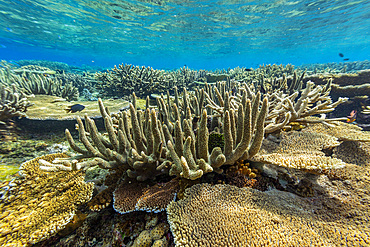
A myriad of hard and soft corals at Vatu-I-Ra Conservation Park on Viti Levu, Fiji, South Pacific, Pacific
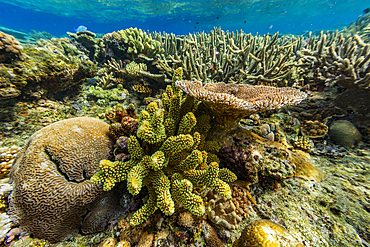
A myriad of hard and soft corals at Vatu-I-Ra Conservation Park on Viti Levu, Fiji, South Pacific, Pacific

A myriad of hard and soft corals at Vatu-I-Ra Conservation Park on Viti Levu, Fiji, South Pacific, Pacific
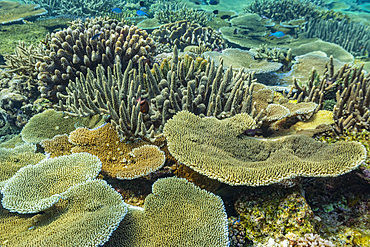
A myriad of hard and soft corals, as well as tropical reef fish at Vatu-I-Ra Conservation Park on Viti Levu, Fiji, South Pacific, Pacific
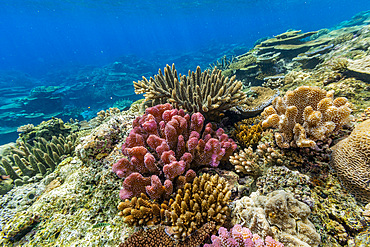
A myriad of hard and soft corals at Vatu-I-Ra Conservation Park on Viti Levu, Fiji, South Pacific, Pacific
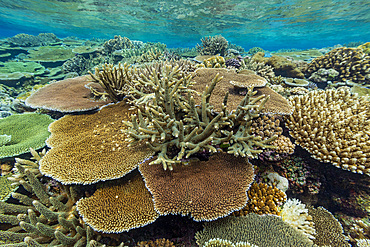
A myriad of hard and soft corals at Vatu-I-Ra Conservation Park on Viti Levu, Fiji, South Pacific, Pacific
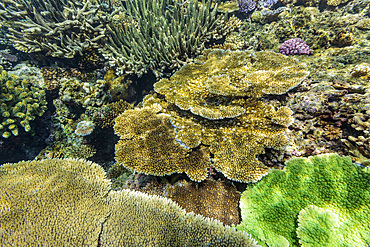
A myriad of hard and soft corals at Vatu-I-Ra Conservation Park on Viti Levu, Fiji, South Pacific, Pacific
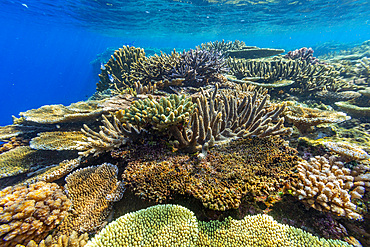
A myriad of hard and soft corals at Vatu-I-Ra Conservation Park on Viti Levu, Fiji, South Pacific, Pacific
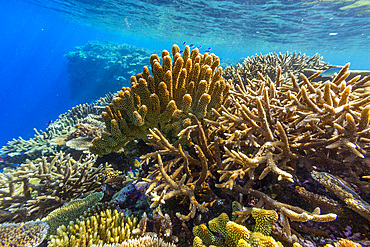
A myriad of hard and soft corals, as well as tropical reef fish at Vatu-I-Ra Conservation Park on Viti Levu, Fiji, South Pacific, Pacific

A myriad of hard and soft corals, as well as tropical reef fish at Vatu-I-Ra Conservation Park on Viti Levu, Fiji, South Pacific, Pacific
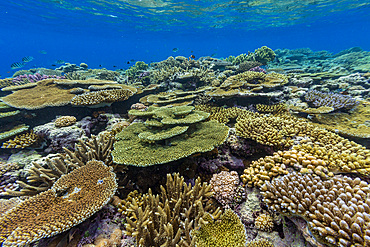
A myriad of hard and soft corals, as well as tropical reef fish at Vatu-I-Ra Conservation Park on Viti Levu, Fiji, South Pacific, Pacific
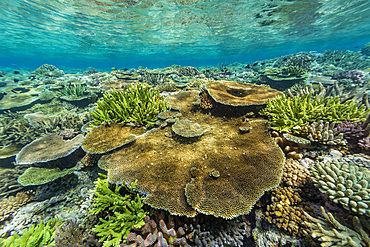
A myriad of hard and soft corals at Vatu-I-Ra Conservation Park on Viti Levu, Fiji, South Pacific, Pacific

A myriad of hard and soft corals at Vatu-I-Ra Conservation Park on Viti Levu, Fiji, South Pacific, Pacific
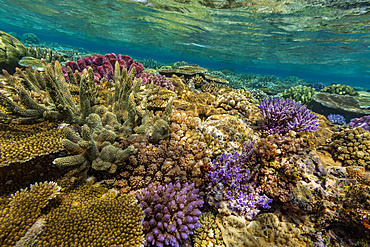
A myriad of hard and soft corals at Vatu-I-Ra Conservation Park on Viti Levu, Fiji, South Pacific, Pacific
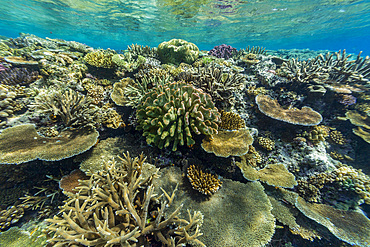
A myriad of hard and soft corals at Vatu-I-Ra Conservation Park on Viti Levu, Fiji, South Pacific, Pacific

A myriad of hard and soft corals, as well as tropical reef fish at Vatu-I-Ra Conservation Park on Viti Levu, Fiji, South Pacific, Pacific

A myriad of hard and soft corals, as well as tropical reef fish at Vatu-I-Ra Conservation Park on Viti Levu, Fiji, South Pacific, Pacific

A myriad of hard and soft corals, as well as tropical reef fish at Vatu-I-Ra Conservation Park on Viti Levu, Fiji, South Pacific, Pacific
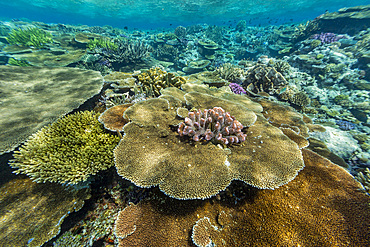
A myriad of hard and soft corals at Vatu-I-Ra Conservation Park on Viti Levu, Fiji, South Pacific, Pacific
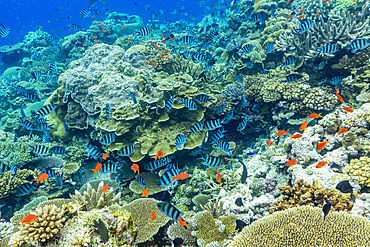
A myriad of hard and soft corals, as well as tropical reef fish at Vatu-I-Ra Conservation Park on Viti Levu, Fiji, South Pacific, Pacific
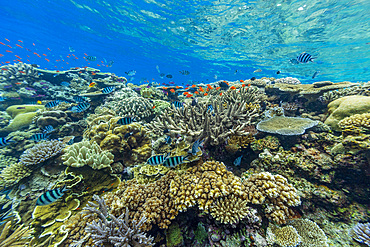
A myriad of hard and soft corals, as well as tropical reef fish at Vatu-I-Ra Conservation Park on Viti Levu, Fiji, South Pacific, Pacific

A myriad of hard and soft corals, as well as tropical reef fish at Vatu-I-Ra Conservation Park on Viti Levu, Fiji, South Pacific, Pacific
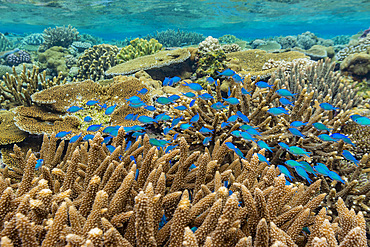
A myriad of hard and soft corals, as well as tropical reef fish at Vatu-I-Ra Conservation Park on Viti Levu, Fiji, South Pacific, Pacific
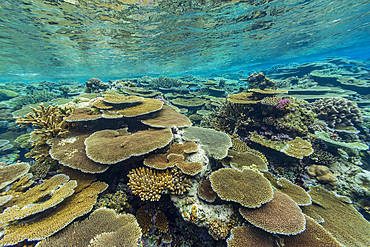
A myriad of hard and soft corals at Vatu-I-Ra Conservation Park on Viti Levu, Fiji, South Pacific, Pacific

A myriad of hard and soft corals at Vatu-I-Ra Conservation Park on Viti Levu, Fiji, South Pacific, Pacific
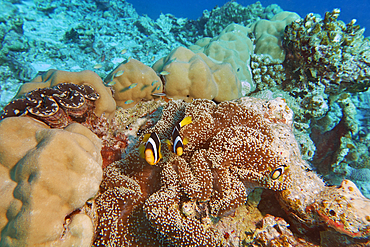
Clownfish (Amphiprion species) guarding their sea anemone home; on a coral reef in Gaafu Dhaalu atoll, Maldives

A mixture of Acropora species scleractinic hard corals, on a coral reef in Gaafu Dhaalu atoll, Maldives

A Ctenocella species octocoral sea fan, surrounded by an assortment of hard corals, on a coral reef in Gaafu Dhaalu atoll, Maldives
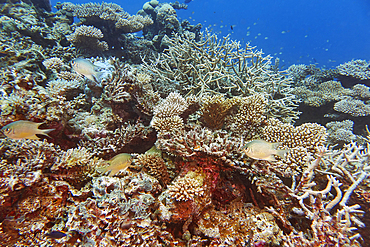
A mixture of Acropora species scleractinic hard corals, on a coral reef in Gaafu Dhaalu atoll, Maldives
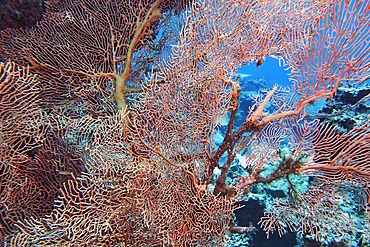
A huge Echinogorgia species sea fan, more than two metres across, on a coral reef in Gaafu Dhaalu atoll, Maldives
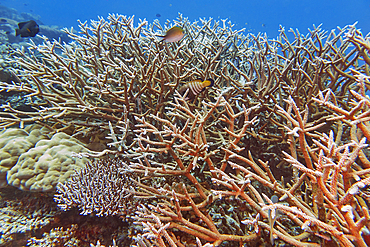
Staghorn scleractinic hard corals (Acropora species), on a coral reef in Gaafu Dhaalu atoll, Maldives

A growth of Acropora species, and one Goniastrea species (centre) scleractinic hard corals, on a coral reef in Gaafu Dhaalu atoll, Maldives
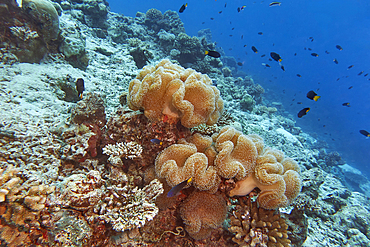
Mushroon Leather Coral (Sarcophyton species), a soft coral, growing on a coral reef in Gaafu Dhaalu atoll, Maldives
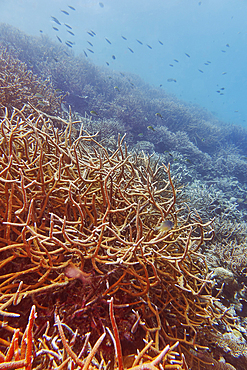
A 'forest' of Staghorn (Acropora species) hard corals, on a coral reef in Gaafu Dhaalu atoll, Maldives
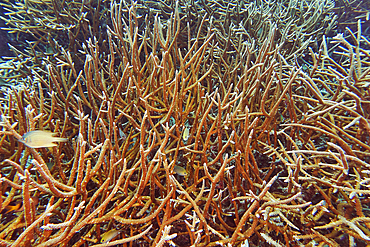
A 'forest' of Staghorn (Acropora species) hard corals, on a coral reef in Gaafu Dhaalu atoll, Maldives
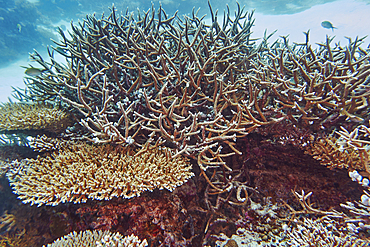
A mixture of Acropora species scleractinic hard corals, growing on a coral reef in Gaafu Dhaalu atoll, Maldives
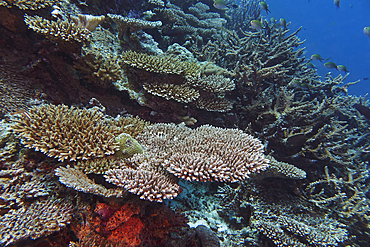
A mixture of Acropora species scleractinic hard corals, growing on a coral reef in Gaafu Dhaalu atoll, Maldives
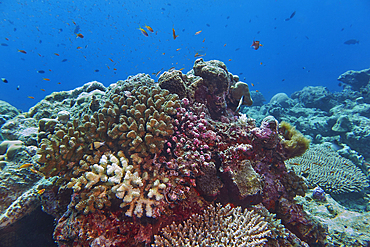
Acropora species scleractinic hard corals, showing some bleaching, growing on a coral reef in Gaafu Dhaalu atoll, Maldives
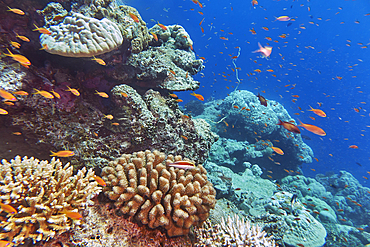
A mix of hard corals, with a Pocillopora species coral in the centre, growing on a coral reef in Gaafu Dhaalu atoll, Maldives
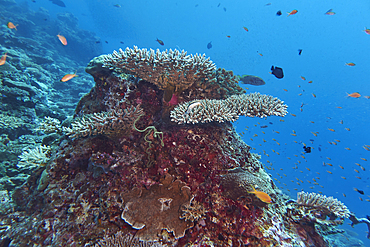
A mix of Acropora species scleractinic hard corals growing on a coral reef in Gaafu Dhaalu atoll, Maldives

Heteractis species sea anemone guarded by Clownfish (Amphiprion species) on a coral reef in Gaafu Dhaalu atoll, Maldives
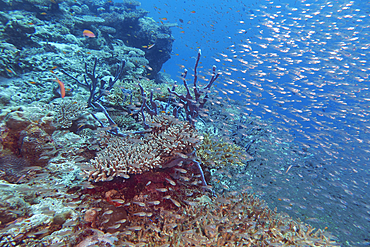
A shoal of small fish swimming over Acropora species hard corals, on a coral reef in Gaafu Dhaalu atoll, Maldives
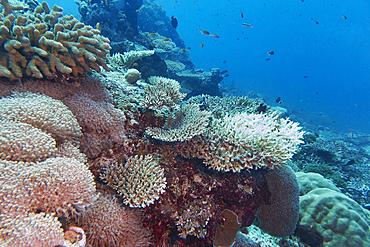
A mix of Acropora species scleractinic hard corals growing on a coral reef in Gaafu Dhaalu atoll, Maldives

Flying fish from the family Exocoetidae take flight as the ship flushes them just off Ascension Island in the southern tropical Atlantic Ocean, South Atlantic Ocean
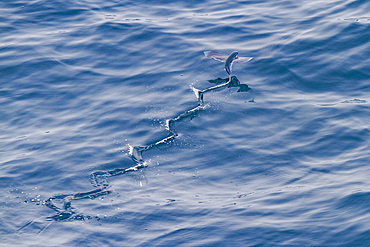
Flying fish from the family Exocoetidae take flight as the ship flushes them just off Ascension Island in the southern tropical Atlantic Ocean, South Atlantic Ocean
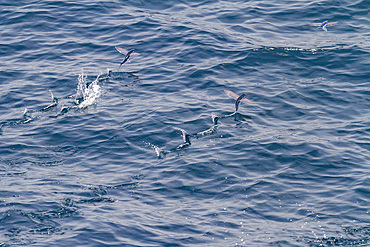
Flying fish from the family Exocoetidae take flight as the ship flushes them just off Ascension Island in the southern tropical Atlantic Ocean, South Atlantic Ocean
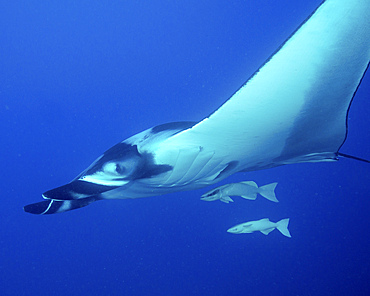
A giant oceanic manta ray (Mobula birostris) with attached remoras at San Benedicto island in Mexico.
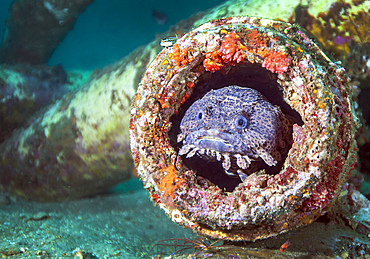
A toadfish patiently waits inside a pipe cavity ready to prey on any fish passing by. A Toadfish is an ambush predator at 95 feet deep in Gulf waters at the Dupont Span One artificial reef about 12 miles off the coast of Panama City Beach, Florida.
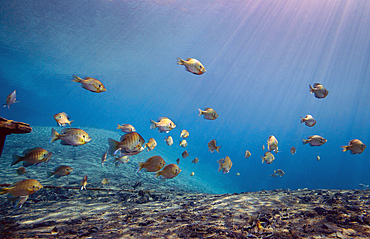
A school of Bluegill and Sunfish appear to swim toward the light from above over the Morrison Springs cavern dropoff at the state park in northwest Florida.
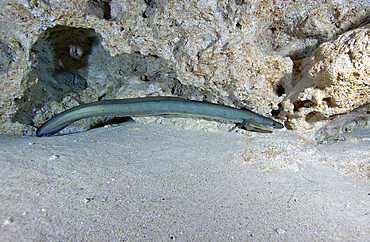
An adult American Eel (Anguilla rostrata) prowls along the edge of the Morrison Springs cavern at 85 feet deep watching over the adolescent eels in the clear freshwaters of the state park near Red Bay, Florida.
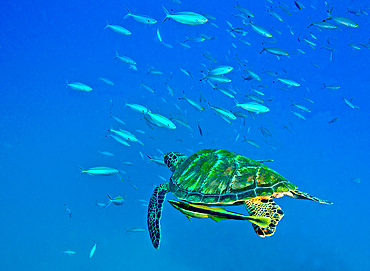
A Black Sea Turtle (Chelonia mydas agassizi) with a remora trying to attach, swims through a school of fish in the clear South Pacific ocean near Tavarua Island off the coast of Liti Levu, Fiji.
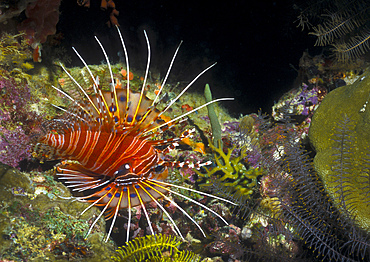
A Spotfin Lionfish flares it's dorsel spines and fins to display threat while laying on a colorful reef at night in the warm clear waters of Papua New Guinea. Lionfish float fearlessly around the reef as they are also one of the most venomous residents there.
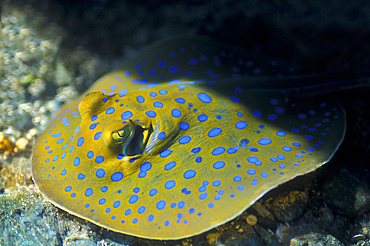
A Blue Spotted Lagoon Fantail Ray (Taeniura lymma) peeking out from under a coral reef ledge, Papua New Guinea.
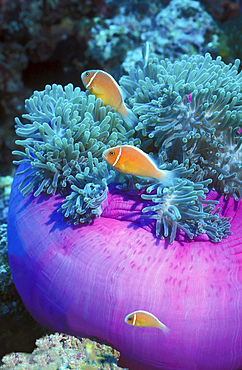
Pink Anemonefish (Amphiprion perideraion) appear to be on lookout to protect their purple anemone home in the clear and warm ocean waters of Papua New Guinea.

A Hi Utsuri koi fish swims over the rocky bottom of the clear freshwater of Vortex Spring shoreline in Ponce De Leon, Florida.
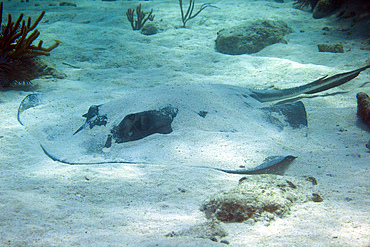
A large Southern Stingray (Dasyatis americana), lays motionless covered in sand but ready to fly away with wing tips slightly elevated above the sand, alongside a coral reef in the Atlantic Ocean off the coast of Key Largo, Florida.
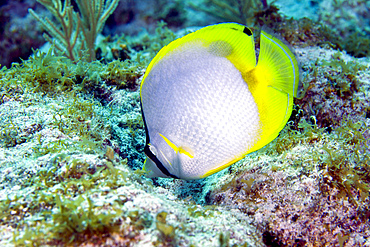
A Spotfin Butterflyfish (Chaetodon ocellatus) feeding off the coral reef in the Atlantic Ocean off the coast of Key Largo, Florida.
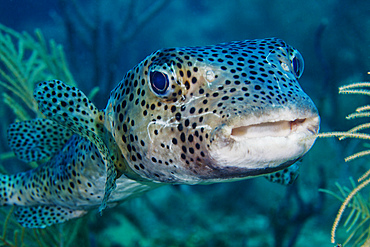
A large spotted pufferfish swims in for a closer look at the photogrpher's camera off the coast of Key Largo, Florida.
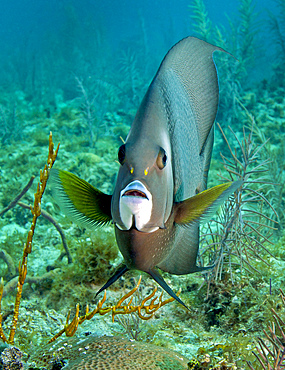
A Gray Angelfish (Pomacanthus arcuatus) swims by diamond and fire corals in the shallow waters of the Atlantic Ocean off the coast of Key Largo, Florida.

A Blue Parrotfish (Scarus coeruleus) swimming up after munching on the coral reef below in the Atlantic Ocean off the coast of Key Largo, Florida.
